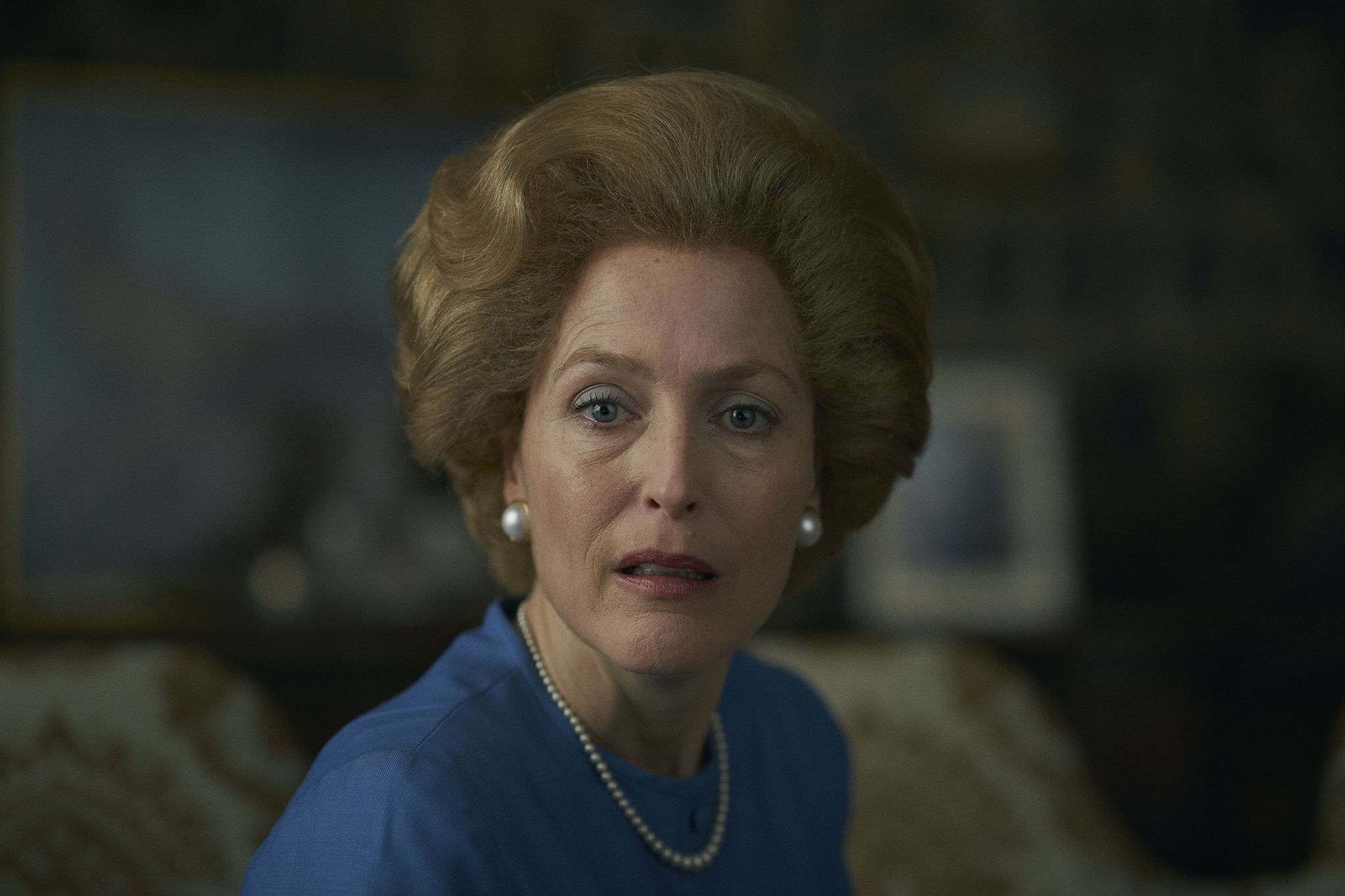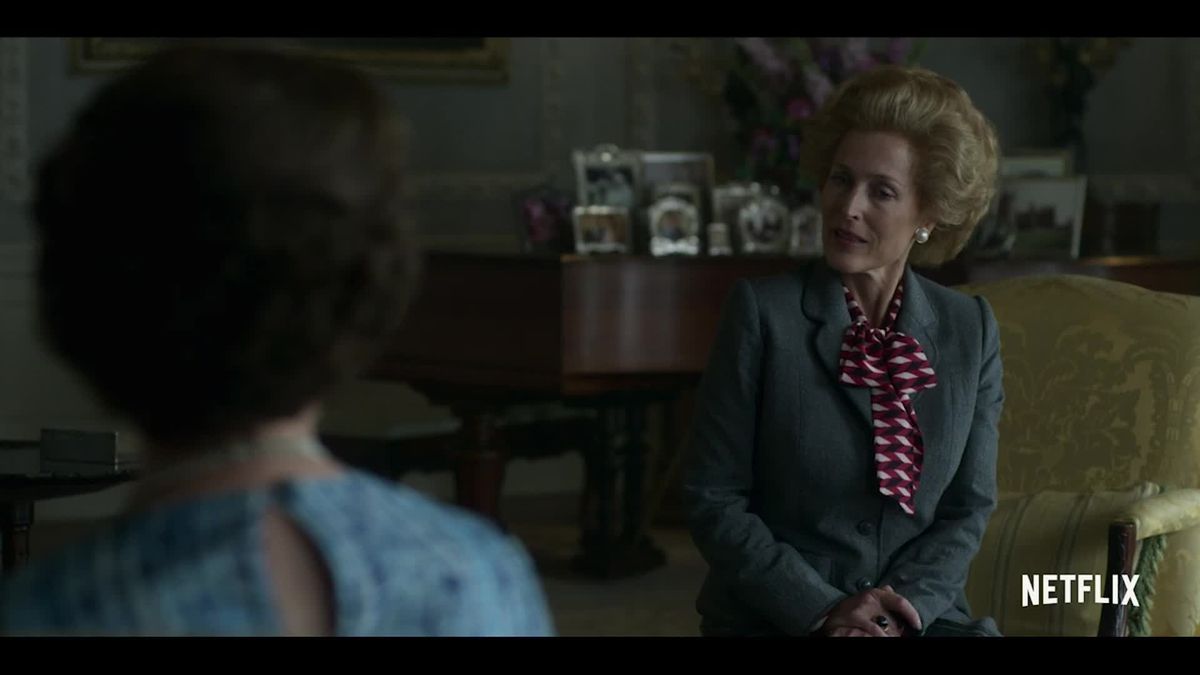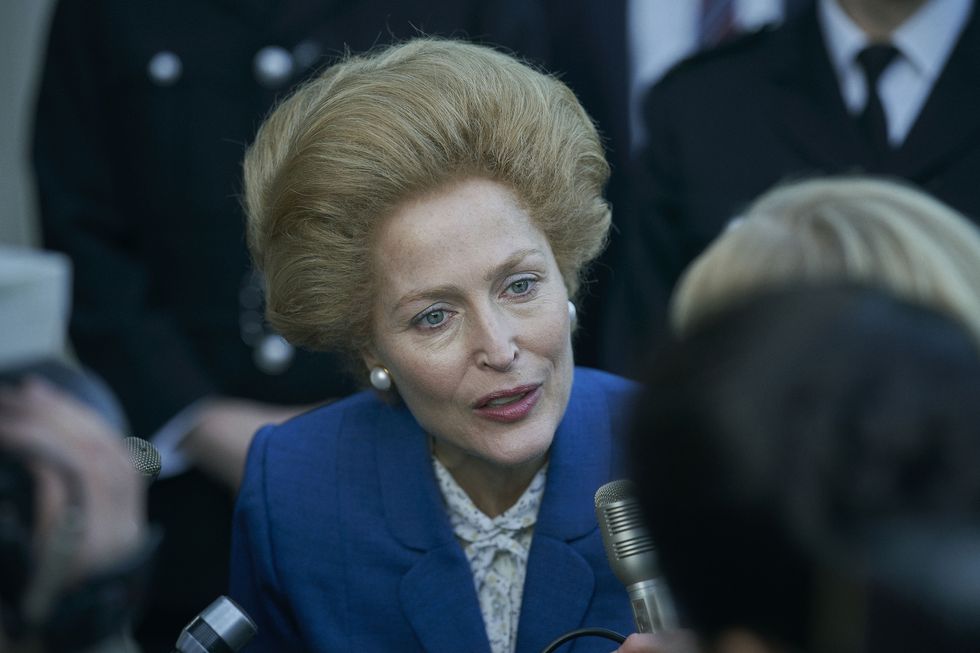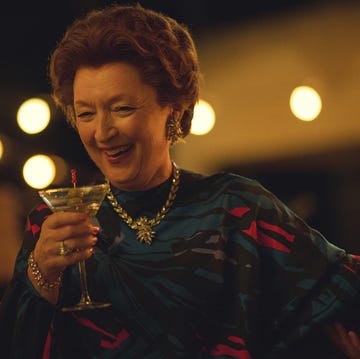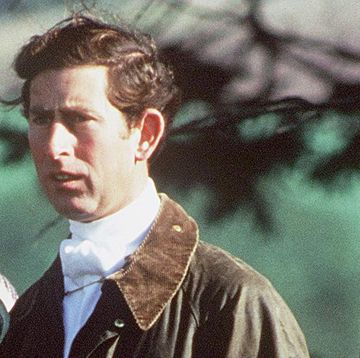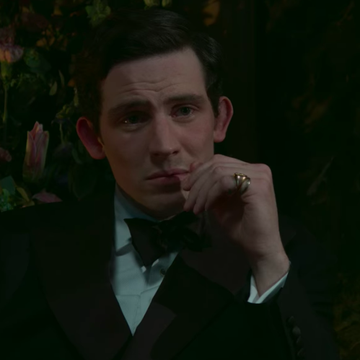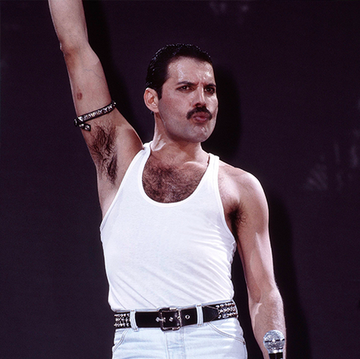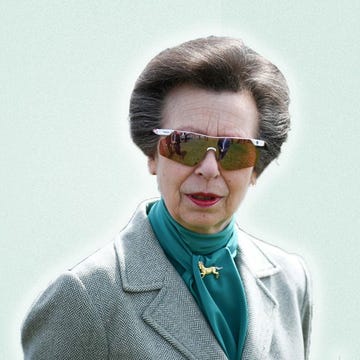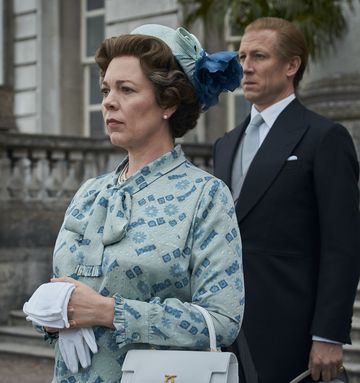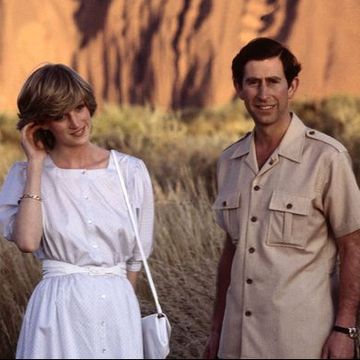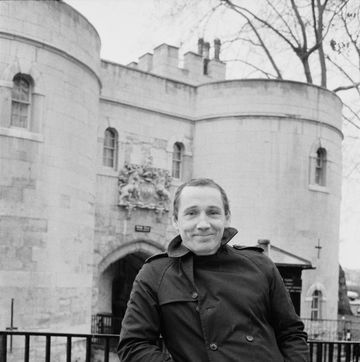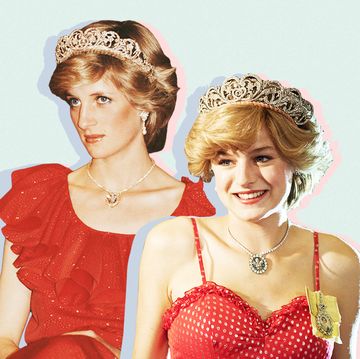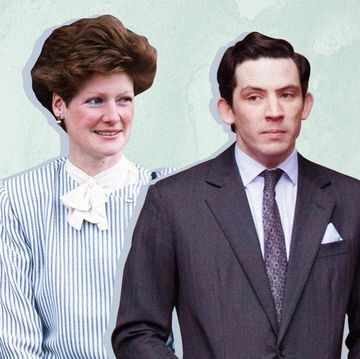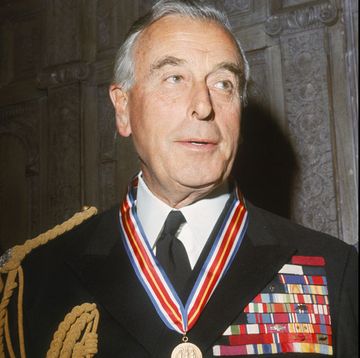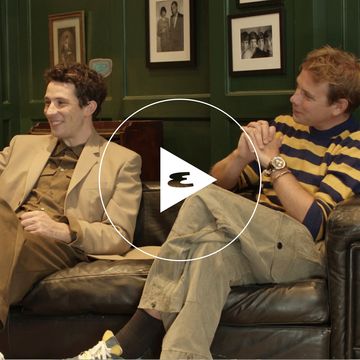How do you capture the essence of a person who people believe they know inside out, but who really is largely a mystery? This is the elegant dance which The Crown has been doing with history for its three seasons thus far, recalling events which are predominantly grounded in fact while fantasising about the screaming matches, shed tears and stolen kisses which might have happened behind the scenes.
In the fourth season of The Crown the off-camera moments of the history books are the fuel which sets the story alight: from the stilted first meeting between new Prime Minister Margaret Thatcher and the Queen, to the complicated machinations of the royal family orchestrating Prince Charles's marriage to Diana.
The role of Thatcher is taken on by Gillian Anderson, who captures the dazed aura and glassy stare of the Conservative leader perfectly. "She is known so much for her voice, for her pussy-bows, for her hair. Her hairstyles were as much a part of her look, her personality, almost as much as anything else," Anderson said to Harper's Bazaar, and the cobalt suits and wispy meringue of hair are indeed spot on. Yet the one element which jars is the aforementioned voice, with Anderson's portrayal going so gravelly and strained that she often sounds on the verge of death.
Before the real Thatcher's election in 1979 she took lessons with a speech coach at the Royal National Theatre, hoping to make her voice more commanding and less "shrill" in broadcasts. The result is the unusual style of speaking she is now famous for, with the slow cadence of her voice often criticised for being a a patronising way of addressing people. The slow and treacly qualities to Thatcher's voice meant her speeches often sounded robotic in their delivery, with her biographer describing her voice as having "a smoothness that seldom cracked".
In an interview with The New York Times Anderson said of trying to master Thatcher's vocal tone that she was, "trying to find a place where the voice sat within my voice" so that it, "didn’t feel like it was too stretched or over the top, or like it was an impression or a parody." Many elements of her take on Thatcher are far from parody – like the quiet coldness she brings to everything from unpacking a suitcase to answering the phone – but the voice, which feels so often as though it is about to crack, feels at odds with a woman so fixated on refusing to turn.
Yet Thatcher's distinctive tone, which was emboldened during the years she was in power, is hard to master without descending into Spitting Image caricature. While Anderson's version of it might take on a life of its own, it does one thing viewers might be uncomfortable with in that it gives her some humanity as it strains.
In wrestling with the most recognisable parts of famous figures, those playing them make a choice whether to lean into what we know or bring something new, and Anderson's Thatcher seems to be doing the latter when faced with such a problem. As says Haydn Gwynn, who played Thatcher in 'The Audience', the Peter Morgan play which inspired The Crown: "Everybody’s going to start with her voice because it’s so distinctive. And that’s sort of a blessing and a curse."
Like this article? Sign up to our newsletter to get more articles like this delivered straight to your inbox
